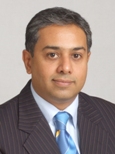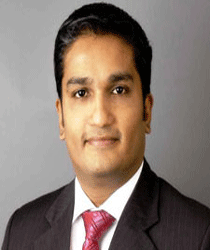
With growing urbanisation in India, nearly 85 crore people are estimated to live in cities across the country by 2050, a latest report by industry chamber CII and realty consultant Jones Lang LaSalle said.

With growing urbanisation in India, nearly 85 crore people are estimated to live in cities across the country by 2050, a latest report by industry chamber CII and realty consultant Jones Lang LaSalle said.

By: Sameer Gholve, Manager – Capital Markets, Jones Lang LaSalle…

The demand fundamentals of the India story are now focused around all cities that have sufficient economic activity, be it industrial, service sector-driven or incentive-driven programs by the State Government. In Gujarat, which has seen considerable industrial progress, the key cities of Ahmedabad, Surat and Vadodara come readily to mind.

India’s growth story has many facets; one of the integral parts of growth – and arguably the most important one – is urbanization. In fast-growing economies, cities are significant investment and employment generators, which in turn carry the growth momentum forward. The sustainability and livability of any city depends largely on the quality of its infrastructure and real estate stocks. Needless to say, cities also require large sums of money to create urban asset stocks, including buildings and infrastructure.

All areas of Mumbai and Navi Mumbai witnessed an appreciation in rental values when we compare rentals of a 3BHK residential apartment in Q1-12( Jan- Feb- Mar 2011) over Q1-11(Jan-Feb-Mar 2010), says a study by realty portal 99 acres.com. Mumbai as such has always been in the forefront when it comes to rental values of properties. It has in the recent years witnessed a record rise in rental values which is at par with some of the highest real estate rental rates in the world.

By allowing external commercial borrowings (ECBs) in the low-cost housing segment, the supply of affordable housing projects will increase in the outskirts of Mumbai in areas such as Karjat, Boisar, Nalasopara, Virar, Dombivili etc. on the heels of increased liquidity for budget home projects.

Cumulative take-up across India‟s seven largest cities increased by a modest 8% year-on-year (y-o-y) in 2011.

According to the 2011 census, the Mumbai Metropolitan Region has over 23.5 million people. To house this population on the ground floor, assuming a household size of 4 and dwelling units of 900 sq ft per family which are laid wall to wall, we would need 121,384 acres of contiguous land.

The year 2011 can best be described as a lackluster year for Indian real estate sector. There were several headwinds that prevented the sector from delivering to its full potential.

In 1962, Edward Lorenz, the renowned mathematician from Massachusetts Institute of Technology, published a paper on Deterministic Non-periodic Flow in the Journal of Atmospheric Sciences.